
Tips for Choosing Bar Stools for Business
June 17, 2023
What do business travelers need in a hotel?
June 22, 2023Table of Contents
ToggleDesigning a Luxury Hotel: A Comprehensive Guide
Designing a luxury hotel requires careful thought and planning to create an unforgettable guest experience. From the location to the materials used, every detail plays a crucial role in shaping the overall design of a hotel. In this comprehensive guide, we will explore key factors involved in designing a hotel – from creating a concept to choosing sustainable materials – and how they contribute to creating an exceptional guest experience.
Choosing the Right Location
When designing a luxury hotel, choosing the right location is crucial. Consider your target market and ensure that the location aligns with their preferences and needs. Additionally, evaluate accessibility – guests should be able to arrive easily via multiple modes of transportation. Finally, assess the surrounding environment – does it complement the aesthetic you are going for in terms of architecture and design? Are there nearby amenities such as restaurants or attractions that would enhance your guests’ experiences? These factors play an important role in creating a successful luxury hotel experience.
In addition to these considerations, hotels should also choose locations with unique features that set them apart from competitors. This could include stunning natural surroundings or historic landmarks incorporated into the architecture. By carefully selecting a location that complements your vision for the hotel design, you can create an unforgettable guest experience from start to finish.
Consider the Target Market
Analyzing demographic data is crucial in understanding the potential guests of your hotel. With this information, you can tailor your amenities and services to meet their preferences. Knowing your target market will also help determine your pricing strategy based on their spending habits.
Some key points to consider when analyzing the target market are:
- Age
- Gender
- Income level
- Education level
- Nationality
Identifying guest preferences in terms of amenities and services is another important aspect to consider when designing a luxury hotel. Luxury hotels often offer unique experiences that cater specifically to their guests’ interests, such as personalized service and exclusive access to local attractions or events.
When determining pricing strategy based on the target market’s spending habits, it’s important to consider factors such as competition from other hotels in the area and current economic trends. It’s vital not only for the financial success of the property but also for attracting a loyal customer base.
In summary, analyzing demographic data, identifying guest preferences, and determining pricing strategies are all critical steps in creating a successful luxury hotel that appeals directly to its target market.
Evaluate the Accessibility
When designing a luxury hotel, it is essential to ensure that guests have easy access to transportation options and popular tourist destinations. Here are some tips for evaluating the accessibility of your hotel:
- Assess transportation options available for guests, such as airport shuttle services or public transit.
- Consider proximity to popular tourist destinations or business centers.
- Ensure that the hotel complies with accessibility laws and regulations.
As hotels become more sophisticated in their architecture and design, it is important not to overlook the basics of accessibility. By considering these factors during the design process, you can create a luxury hotel experience that meets both aesthetic and practical needs.
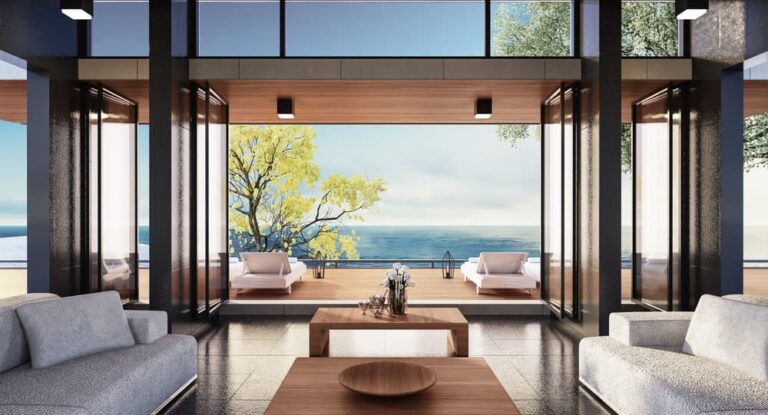
Assess the Surrounding Environment
When it comes to designing a luxury hotel, assessing the surrounding environment is crucial. Conducting a thorough analysis of nearby competitors’ offerings and pricing provides insight into the market’s demands and ensures your hotel stands out among others in the area. It’s also essential to study local culture and traditions, integrating them into design elements that create an authentic guest experience unique to your location. Additionally, taking into account surrounding geography when designing outdoor spaces can enhance the overall guest experience.
Assessing the surrounding environment is crucial in designing a luxury hotel, as it provides insight into market demands and local culture. Incorporating environmental factors like mountains or oceans can also enhance the overall guest experience.
Architecture plays a vital role in luxury hotel design by creating iconic buildings that reflect both elegance and functionality. By incorporating local themes while offering modern amenities, hotels have become sought-after destinations for their architectural designs alone. When using environmental factors like mountains or oceans as part of your design inspiration – these natural features can be used as focal points within public areas such as lobbies or restaurants.
In conclusion, understanding what makes up your surroundings is key to creating luxurious hotels that stand out from other properties in terms of architecture and attention to detail. By taking time on this step during planning stages you will ensure success not only among guests but within industry peers who recognize superior workmanship too!
Creating a Concept for the Hotel
Creating a concept for the hotel is essential to establishing its unique identity and attracting guests. The style and theme of the hotel should align with the target audience’s preferences, whether it be contemporary or traditional, minimalist or ornate. Design elements such as color palettes, lighting fixtures, furniture choices should all contribute to creating an immersive experience that reflects the overall brand image.
In addition to design considerations, determining which services and amenities to offer is crucial in providing a differentiated guest experience. Offering personalized services such as spa treatments or private dining experiences can set your hotel apart from competitors. Creating bespoke arrangements for group events like weddings can also help attract clientele seeking tailored experiences beyond just accommodation. A clear understanding of what sets your property apart will enable you to create a unique selling proposition that resonates with potential guests looking for elevated hospitality experiences.
Define the Style and Theme
Researching the latest design trends, identifying the target market and their preferences, and choosing a theme that aligns with the hotel’s location are all crucial steps in defining the style and theme of a luxury hotel. To ensure success, it is important to consider every detail carefully.
Here are some key points to keep in mind:
- Research current design trends: It is essential to have an understanding of what is currently popular in hotel design so you can incorporate these elements into your plans.
- Identify your target audience: Knowing who your ideal guests are will help you create a space that meets their needs and desires.
- Choose a location-appropriate theme: Your chosen theme should reflect both the local culture as well as provide memorable experiences for guests.
By taking these factors into account when designing your luxury hotel, you can create an unforgettable experience for your guests through both style and ambiance.
Determine the Services and Amenities to Offer
To design a successful luxury hotel, it’s crucial to determine the services and amenities to offer. Conducting a thorough analysis of competitors’ offerings is essential in identifying what guests may expect from your hotel. You can then ensure that you have the resources and budget available for these services.
When considering guest needs, think beyond just accommodation, and consider fitness facilities, spas, dining options, among others. These are all critical components that add value to your guests’ experience. It’s also important to calculate the feasibility of each service based on budget and resources since some facilities require more investment than others.
By thoughtfully selecting which services and amenities to offer at your luxury hotel based on competitive analysis & guest needs while keeping an eye on costs ensures that you’ll attract more customers while ensuring they enjoy their stay at its best possible level!
Create a Unique Selling Proposition
Brainstorming unique features that set your hotel apart from others in its class is crucial for creating a strong Unique Selling Proposition (USP). Consider the location, architecture, amenities and services that make your hotel stand out. These distinctive features can become key selling points to attract potential guests.
Once you have identified these unique features, develop a marketing strategy that highlights them effectively. Utilize social media platforms and other digital marketing tools to reach more people. However, ensure that your USP complements the overall concept of the hotel and aligns with its target audience’s preferences. A well-crafted USP can help position your luxury hotel as an exclusive destination worth experiencing.
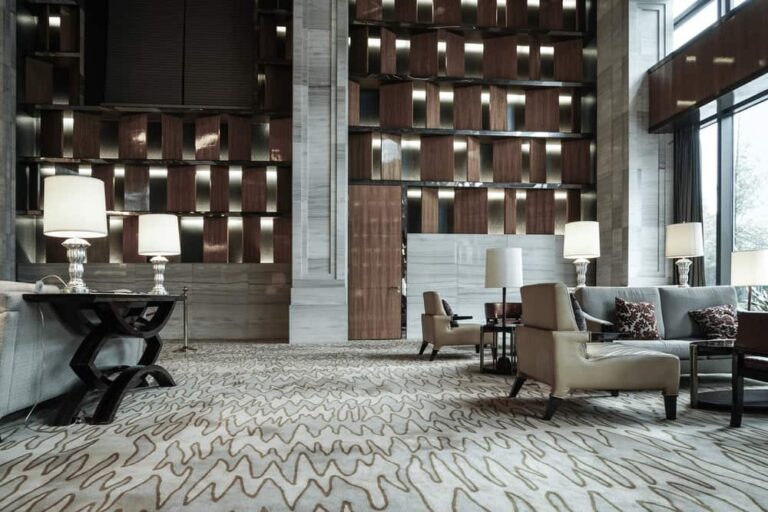
Designing the Hotel Interiors
Designing the interiors of a luxury hotel requires attention to detail and a focus on creating an unforgettable guest experience. The floor layout and flow should be carefully planned to optimize traffic flow, enhance privacy, and take advantage of stunning views. When selecting furniture and decor, it’s important to choose pieces that not only look beautiful but also meet the functionality needs of guests while reflecting the overall design aesthetic. Comfort and convenience are key factors in designing hotel interiors as they can greatly impact the guest’s satisfaction with their stay. From room amenities to seating areas, every element should be selected with guest comfort in mind.
Plan the Floor Layout and Flow
When designing a hotel, it is crucial to consider traffic flow. Creating an efficient layout that allows guests to navigate easily between spaces not only enhances their experience but also improves operations and staff efficiency. Functional spaces should be prioritized in the design process, such as incorporating areas for check-in/check-out, luggage storage, and private seating nooks. To maximize natural light potential, designers can strategically place large windows or use reflective surfaces.
Maximizing natural light is not only aesthetically pleasing but also important for guest well-being. Natural light helps regulate circadian rhythms and promotes alertness during the day while aiding in restful sleep at night. Additionally, functional spaces must be crafted with guest needs in mind; how they will use the space should dictate how it’s designed. A successful floor plan considers function alongside style and comfort while always putting guests’ needs first.
Select Appropriate Furniture and Decor
When designing a hotel, it’s essential to define your design aesthetics before selecting furniture and decor. Your chosen style should reflect the hotel’s brand image and cater to the target audience. Additionally, opt for durable materials that can withstand extensive use without compromising on appearance.
Incorporating local flair highlights the uniqueness of your location and sets you apart from other hotels. Utilize locally sourced materials or add elements that showcase the culture and traditions of the area. Doing so adds charm while creating a memorable guest experience.
Ensure Comfort and Convenience
Investing in quality bedding, providing thoughtful amenities, and implementing efficient technology are crucial for ensuring the comfort and convenience of guests at a luxury hotel. Here are some tips on how to achieve this:
- Invest in high-quality mattresses, pillows, and linens to ensure a restful night’s sleep.
- Offer amenities such as plush robes, slippers, and premium toiletries to make guests feel pampered.
- Implement technology like keyless entry systems or mobile check-in options for added convenience.
By paying attention to these details, you can create an unforgettable experience that will keep guests coming back time after time.
Designing the Hotel Exteriors
is a critical part of creating a luxurious guest experience. When designing the hotel exterior, it’s essential to consider not just its aesthetic appeal, but also how it fits into the surrounding landscape and environment. Incorporating natural elements such as gardens or water features can create an inviting atmosphere that sets your hotel apart from others.
In addition to integrating nature into your design, an inviting entrance and lobby are crucial for creating a positive first impression on guests. Consider incorporating large glass doors or windows for natural light and views, while also ensuring ample space for valet parking and luggage service. The facade should be designed with elegance and sophistication in mind – materials like stone or metal accents can add depth and texture to create an unforgettable visual impact. Ultimately, thoughtful consideration of these elements will result in a stunning hotel exterior that leaves lasting impressions on guests.
Consider the Landscape and Surrounding Area
Analyze the local culture and incorporate it into the hotel design to create a sense of place that guests will appreciate and remember. This can be achieved through art, architecture, or even food choices in your restaurants. Choose colors and materials that blend with nature to enhance the natural beauty around your hotel. The goal is for guests to feel immersed in their surroundings while still enjoying luxurious accommodations.
Maximize outdoor spaces like terraces or gardens by incorporating comfortable seating, fire pits, and other amenities that encourage relaxation outdoors. These spaces should be designed to take advantage of any stunning views from your location. Consider hosting events here such as weddings or corporate gatherings during appropriate weather conditions.
- Incorporate local cultural elements
- Blend colors/materials with nature
- Maximize outdoor spaces with amenities
Create an Inviting Entrance and Lobby
To create an inviting entrance and lobby in your luxury hotel, consider making a statement with lighting fixtures or artwork. These elements can set the tone for the entire establishment and leave a lasting impression on guests. Additionally, incorporating natural elements like water features or indoor plants can enhance the welcoming environment.
It is important to ensure easy access for all guests, including those with disabilities. Elevators should be easily accessible from the main entrance and have braille signage for visually impaired individuals. Ramps and wide doorways should also be incorporated into design plans to accommodate wheelchair users. By paying attention to these details, you are creating an inclusive experience for all guests at your luxurious hotel.
Design the Hotel Facade
To design a hotel facade that exudes luxury and sophistication, it is important to use high-quality materials that are both durable and low-maintenance. This will ensure the exterior of your hotel remains pristine for years to come, without requiring excessive upkeep or renovation costs. Additionally, consider incorporating unique shapes or patterns into the design to set your hotel apart from others in the area.
Another consideration when designing a hotel facade is sustainability. Incorporating eco-friendly features such as solar panels on portions of the facade not only reduces energy consumption but also showcases your commitment to environmental responsibility. By carefully choosing materials and incorporating sustainable elements into the design, you can create a beautiful and functional exterior for your luxury hotel while minimizing its impact on the environment.
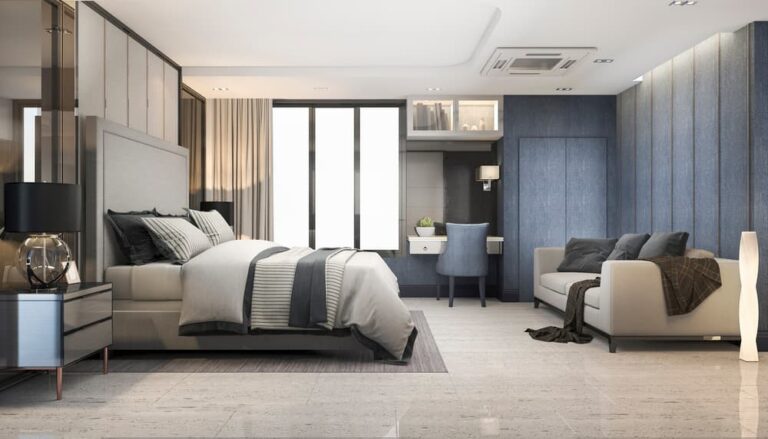
Choosing the Right Materials and Finishes
When designing a luxury hotel, it is crucial to choose materials that are not only aesthetically pleasing but also durable and of high-quality. From flooring to furniture, every element should withstand heavy usage without compromising on style. Opting for long-lasting materials will save you money in the long run while keeping your guests satisfied.
Incorporating luxurious and unique finishes can elevate the design of a hotel room or lobby instantly. From decorative lighting fixtures to textured wall coverings, adding distinctive touches sets your property apart from competitors. Consider using finishes that reflect the location’s cultural heritage or an unexpected statement piece that creates a memorable experience for guests staying at your hotel.
Select Durable and High-Quality Materials
Consider various environmental factors when selecting materials for designing a luxury hotel. Opt for materials that can withstand weather changes and are compatible with the surrounding environment. For example, in coastal areas, select materials that can resist saltwater corrosion.
Choose materials that are easy to maintain and have a longer lifespan. This not only saves time and money but also contributes to sustainability efforts by reducing waste generation. When possible, opt for sustainable alternatives like recycled or locally sourced building materials to reduce environmental impact.
Designing a luxury hotel requires attention to detail in every aspect of construction, including material selection. By considering environmental factors while selecting durable and high-quality finishes, you can ensure an exquisite experience for guests while contributing towards long-term sustainability goals.
Incorporate Luxurious and Unique Finishes
When designing a luxury hotel, incorporating unique finishes can elevate the overall guest experience. By adding statement pieces in common areas or incorporating local art or cultural influences into the design, guests will feel like they are experiencing something truly special. Additionally, unique lighting fixtures or accents can further enhance the luxurious atmosphere.
- Use statement pieces in common areas to add interest and intrigue for guests
- Incorporate local art or cultural influences into the design to create a sense of place
- Add unique lighting fixtures or accents to create a warm and inviting ambiance
Ensure Consistency in Design Elements
Developing a cohesive color scheme throughout the hotel is key to creating a luxurious ambiance for guests. Use colors that complement each other and reflect the mood you want to create in different areas of the hotel. Additionally, using consistent patterns or textures in different rooms/areas of the hotel can help tie everything together and make it feel more unified.
Creating a signature look for your brand using specific design elements is also important. This includes things like custom lighting fixtures, unique artwork, or distinctive furniture pieces that can become synonymous with your brand. Incorporating these elements consistently throughout the hotel will help establish a strong visual identity and elevate your guest’s experience to new heights.
Considering Sustainability
When considering sustainability in hotel design, it is crucial to incorporate eco-friendly features. This includes using energy-efficient lighting and appliances, as well as implementing a solid waste management plan. Additionally, designing with natural elements such as plants and water conservation methods can significantly reduce the hotel’s carbon footprint.
To further reduce energy and water usage in a luxury hotel, consider installing smart technology systems that control temperature and lighting based on occupancy. Using low-flow fixtures for showers and taps can also help save on water consumption without compromising guest experience.
Lastly, using sustainable materials like bamboo or recycled materials for furniture can have a significant impact on reducing the hotel’s environmental impact. By practicing responsible sourcing throughout the design process, hotels can ensure their practices align with environmentally conscious standards while providing an unforgettable luxury experience for guests.
Incorporate Eco-Friendly Features
Designing a luxury hotel that is both beautiful and eco-friendly can seem like a daunting task, but with the right features in place, it’s easier than you might think. One of the first steps is to install energy-efficient lighting throughout the hotel. Not only does this help reduce your carbon footprint, but it also saves money on electricity bills over time.
Another way to incorporate eco-friendly features into your hotel design is by using low-flow plumbing fixtures. These fixtures are designed to use less water without sacrificing performance or comfort for guests. Lastly, implementing a waste management system ensures that recyclable materials are properly disposed of and reduces the amount of waste sent to landfills. By taking these measures, designing an environmentally conscious luxury hotel becomes more attainable while still providing guests with top-notch amenities.
Reduce Energy and Water Usage
Optimizing heating, ventilation, and air conditioning systems is key to reducing energy usage in a luxury hotel. Installing programmable thermostats can help regulate temperature when rooms are unoccupied. Additionally, encouraging guests to reuse towels and linens not only conserves water but also reduces the amount of energy used by laundry facilities.
Investing in renewable energy sources like solar panels can greatly reduce a hotel’s carbon footprint. By generating clean energy on-site, hotels can decrease their reliance on traditional power grids while simultaneously demonstrating a commitment to sustainability. These measures not only benefit the environment but also appeal to eco-conscious guests who prioritize environmentally responsible accommodations.
Use Sustainable Materials and Practices
Choosing sustainable materials and incorporating eco-friendly practices is crucial when designing a luxury hotel. Opt for furniture made from reclaimed or recycled materials to reduce waste and support sustainability efforts. In addition, selecting building materials with high-recycled content can significantly decrease the environmental impact of your hotel’s construction.
Another way to incorporate sustainable practices into your design is by implementing green roofs or living walls for natural insulation. This not only reduces energy usage but also adds an aesthetically pleasing touch to your hotel’s exterior. By prioritizing sustainable materials and practices, you are contributing to a healthier planet while creating a luxurious experience for your guests.


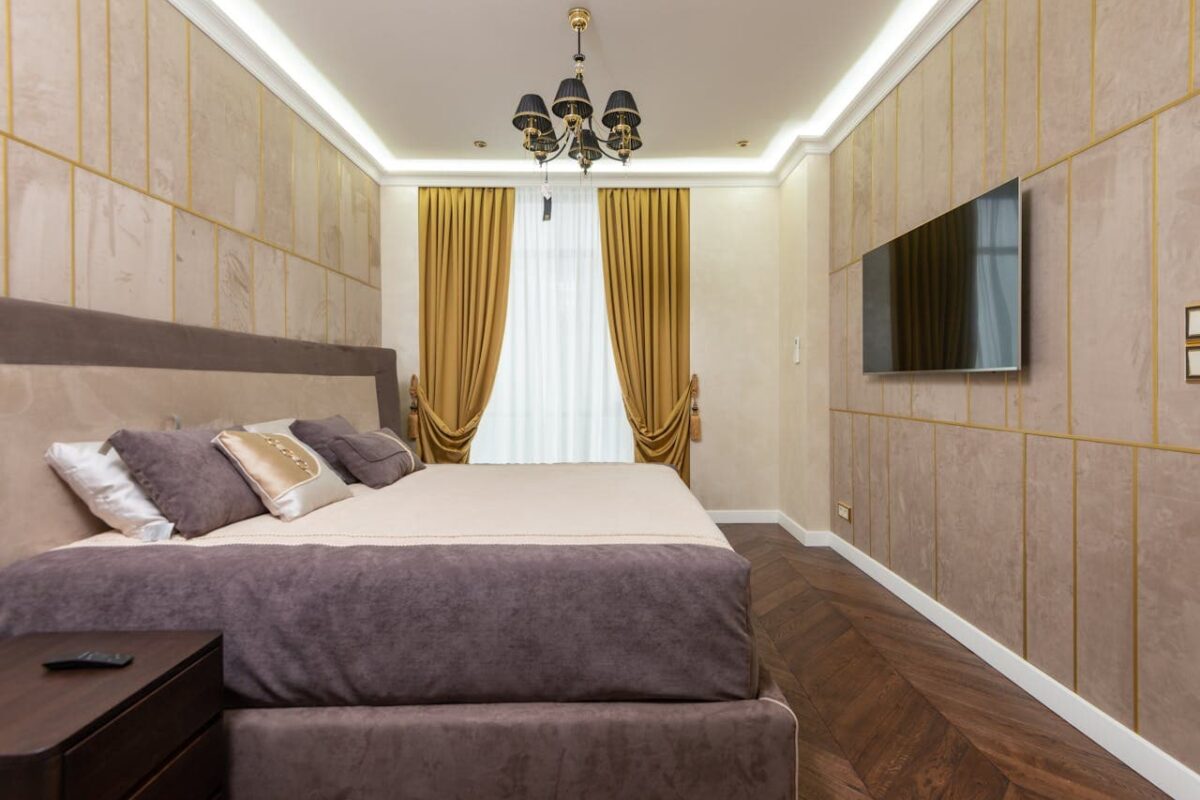

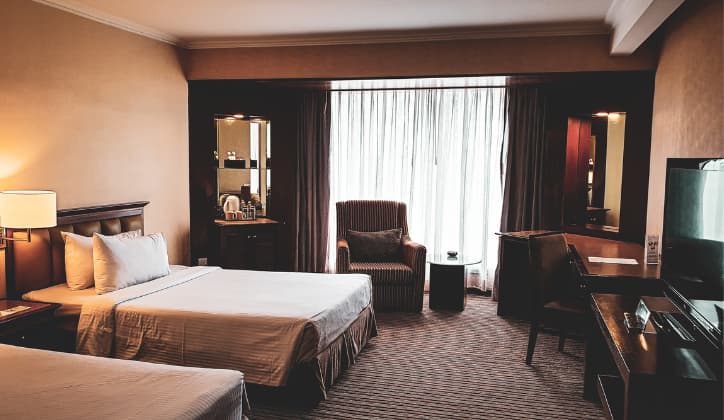
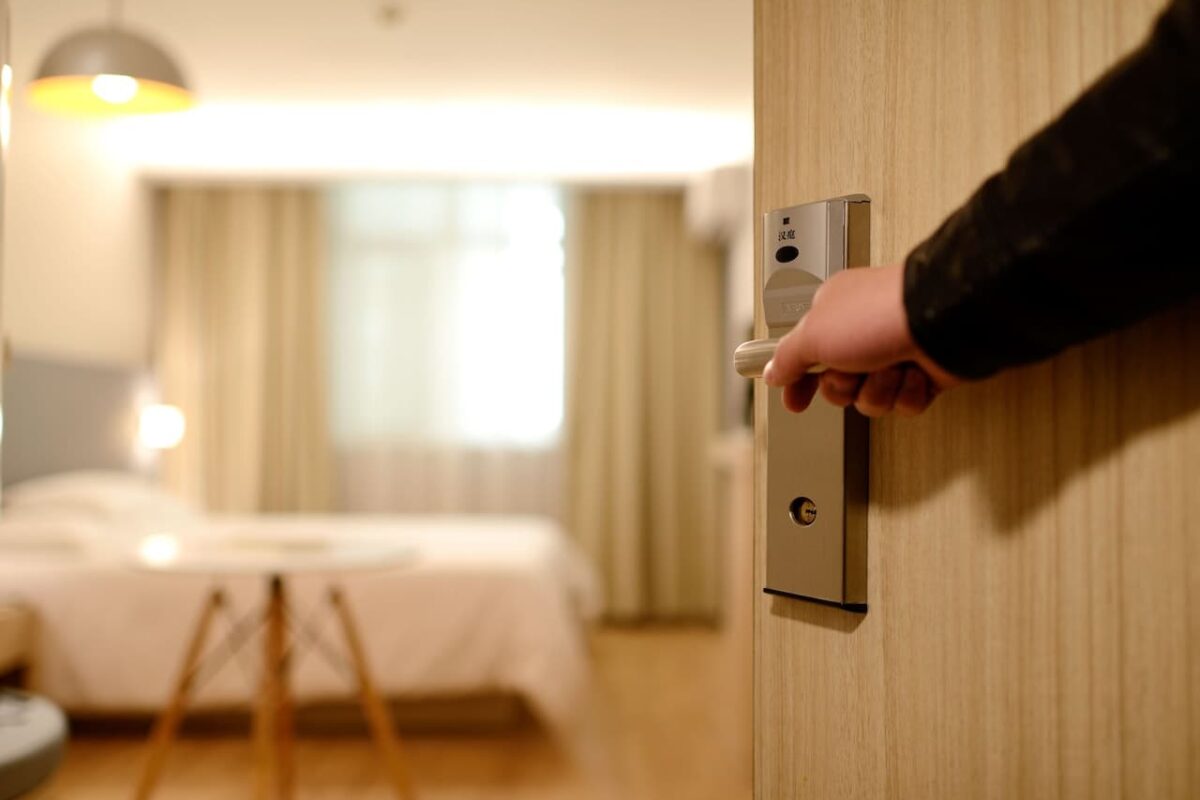
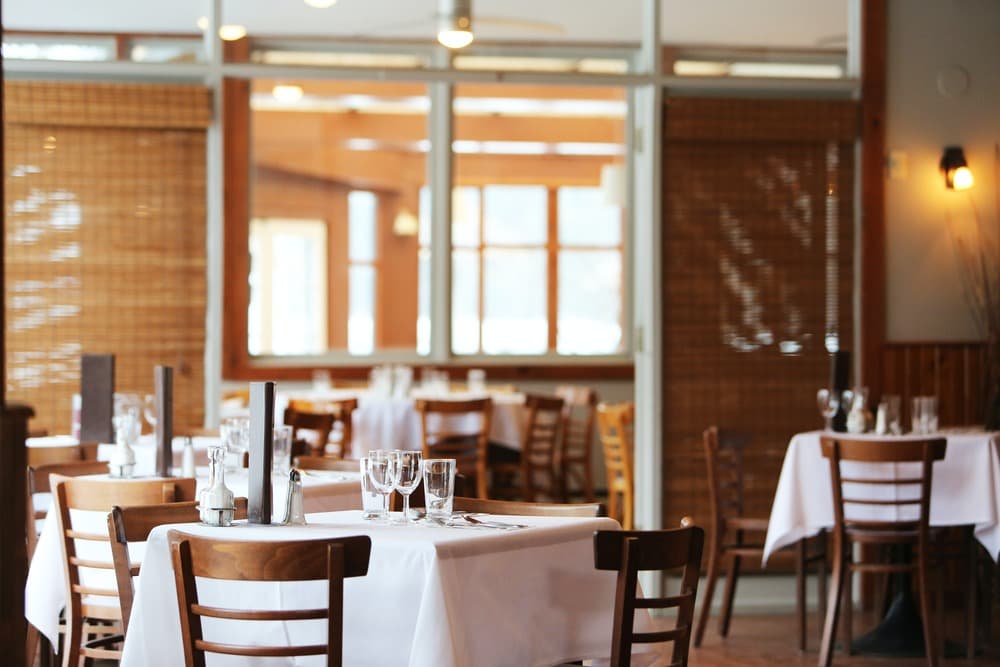

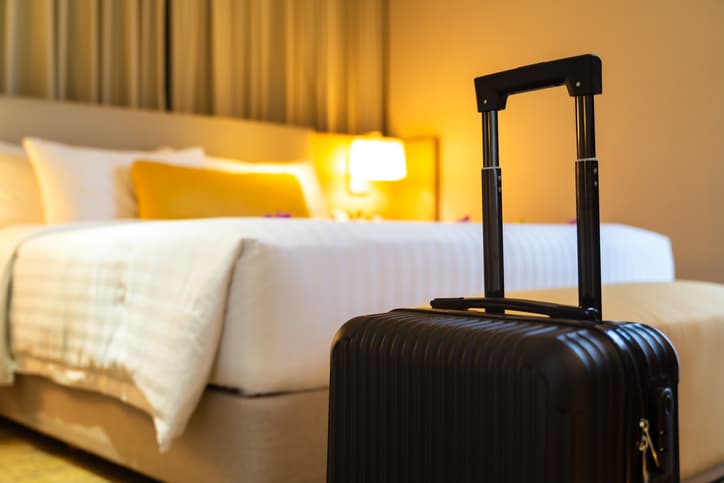
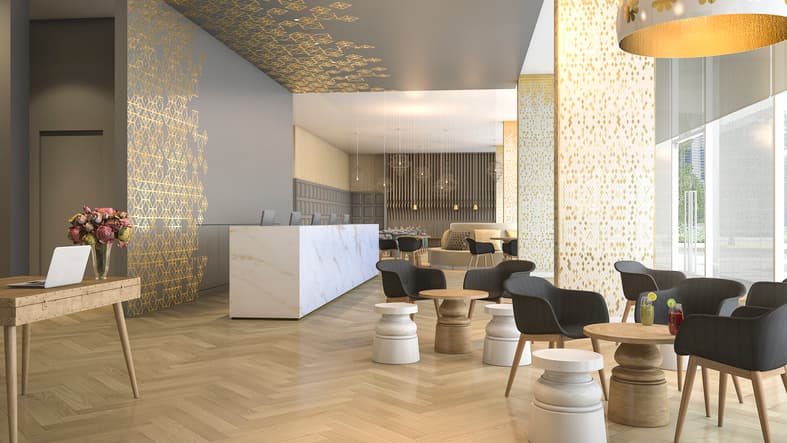

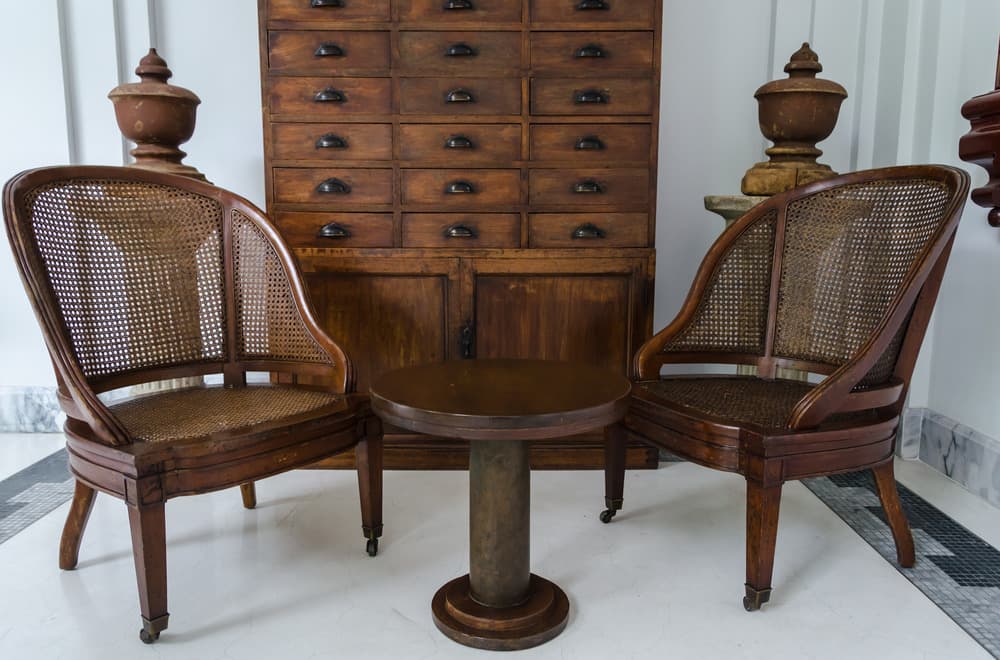

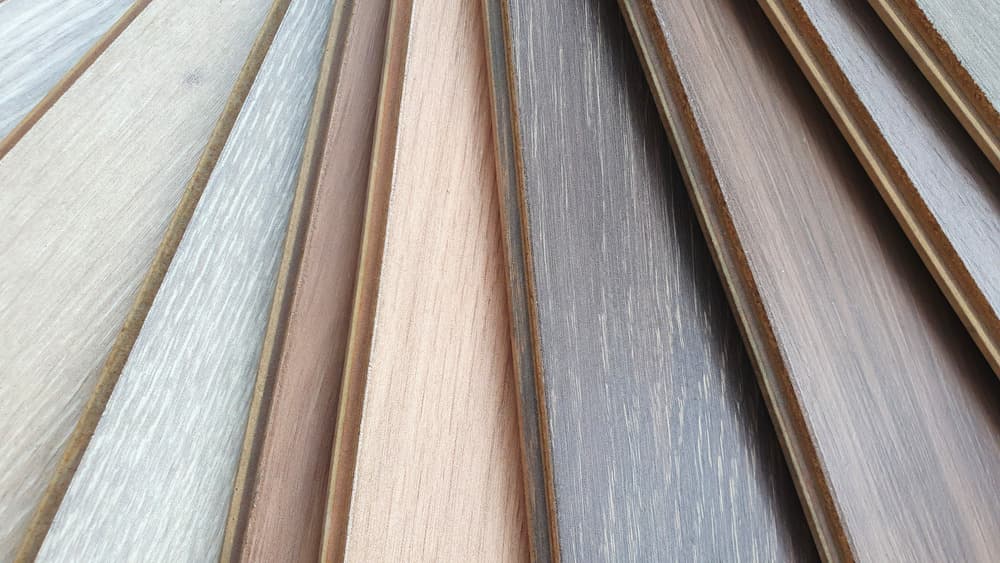

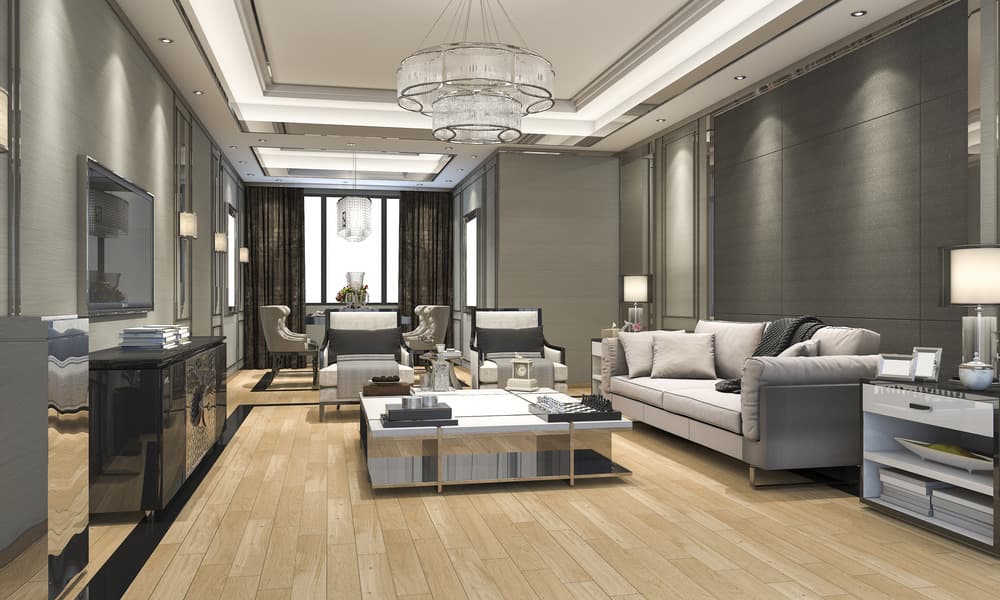
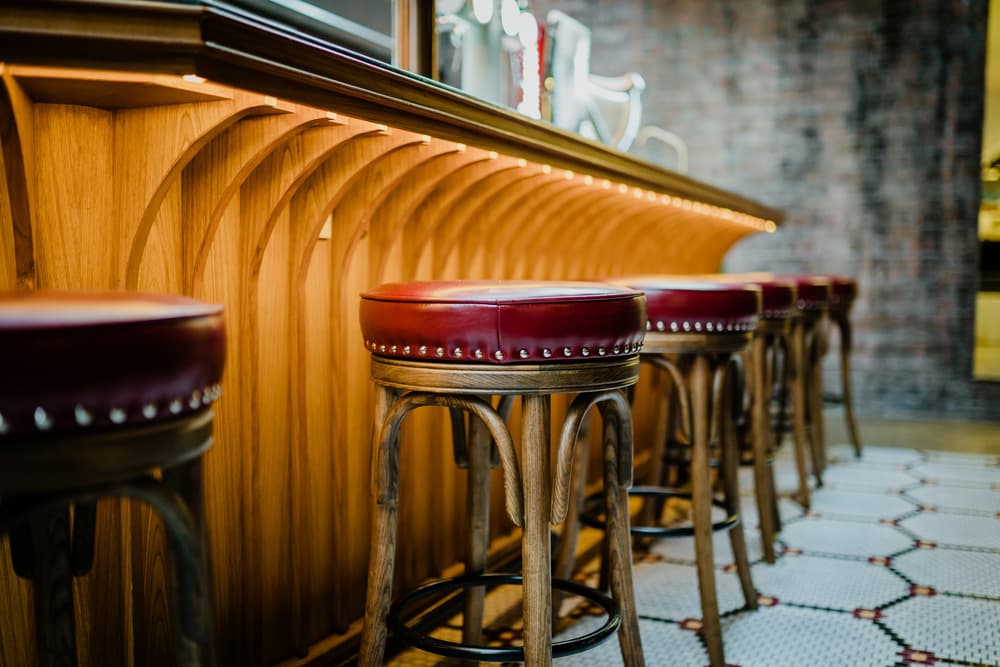
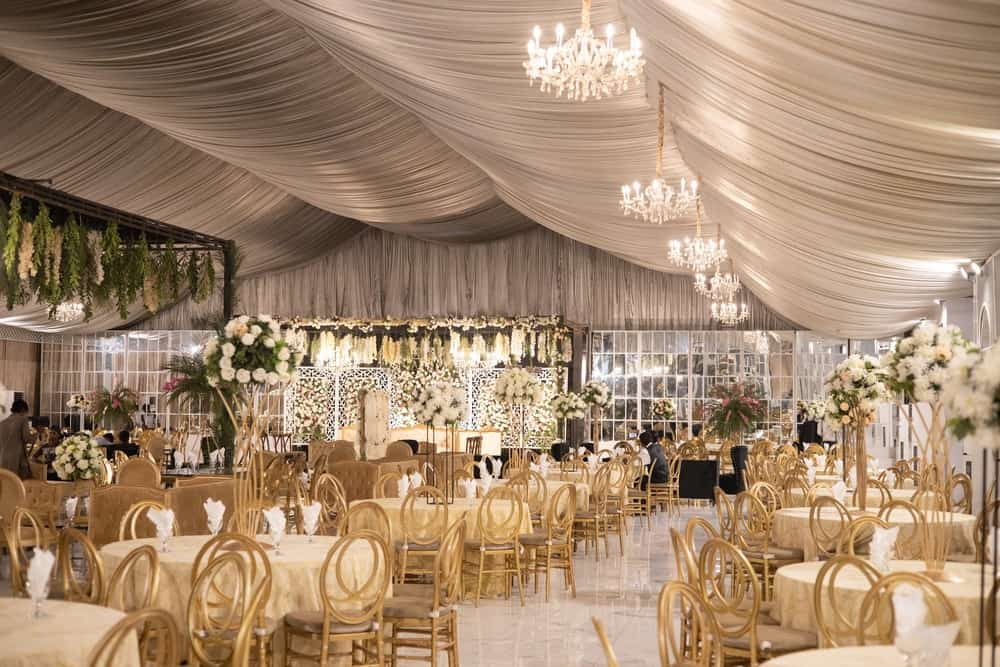
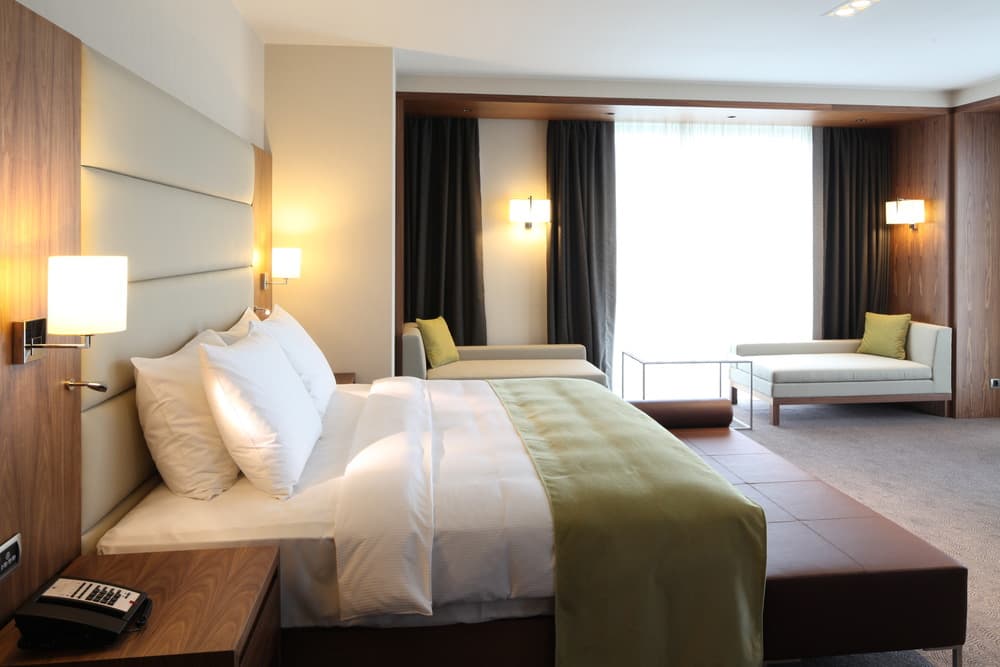

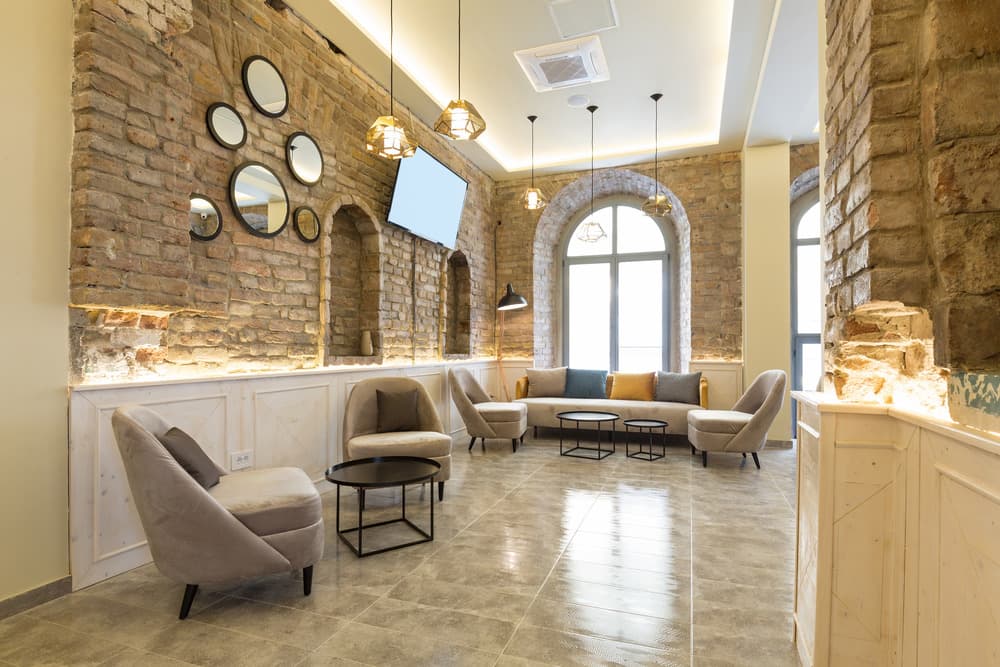
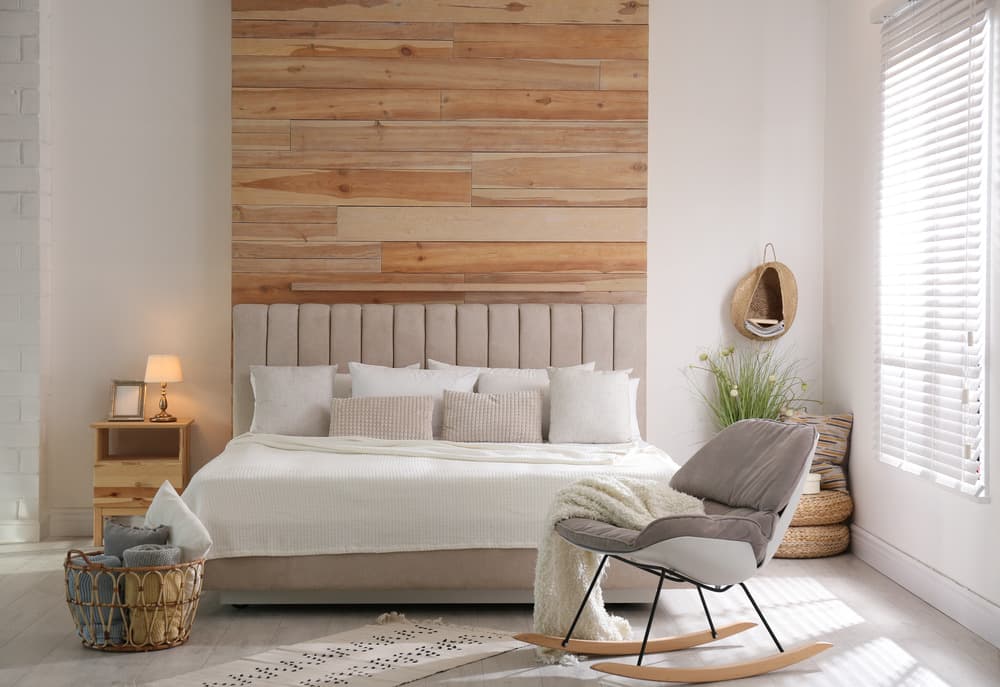
4 Comments
[…] Designing a Luxury Hotel: A Comprehensive Guide […]
[…] Designing a Luxury Hotel: A Comprehensive Guide […]
[…] Designing a Luxury Hotel: A Comprehensive Guide […]
[…] Designing a Luxury Hotel: A Comprehensive Guide […]